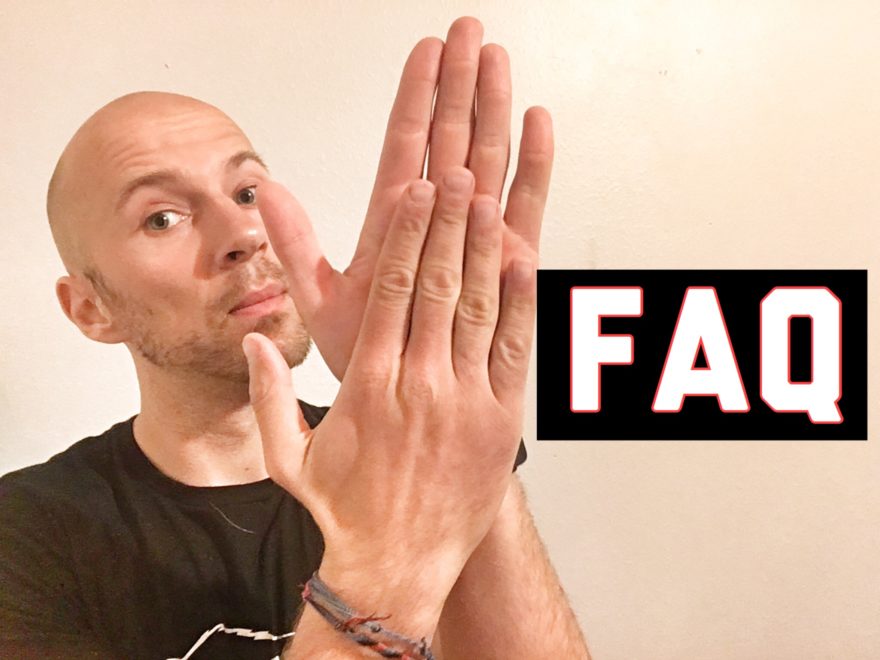Tag: foot
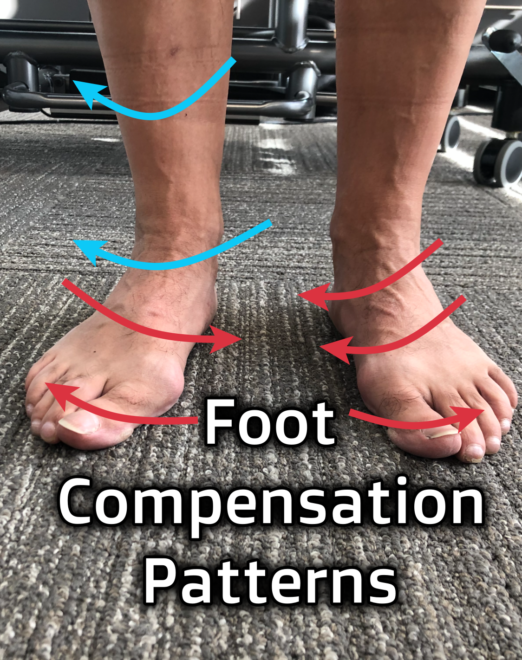
Foot Compensation Patterns
If you are struggling with getting feet to move the way you need to, or have bunions, or anything foot,…
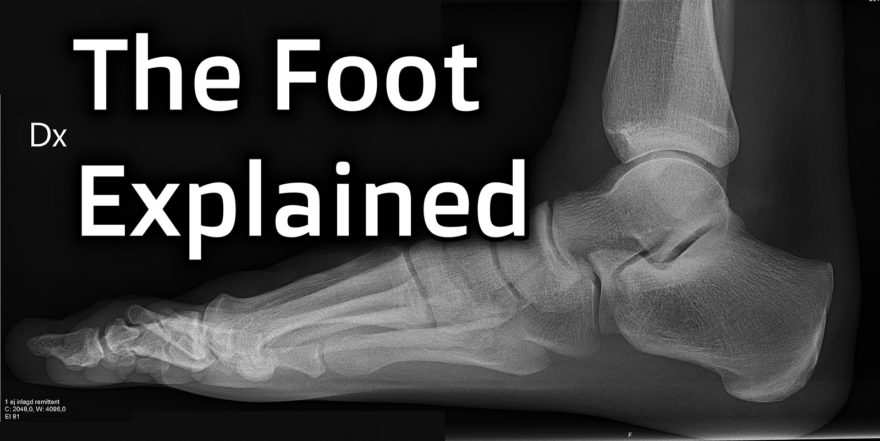
The Foot Explained
Biomechanics, compensation, and treatment of the foot Movement Debrief Episode 119 is in the books. Below is a copy of…
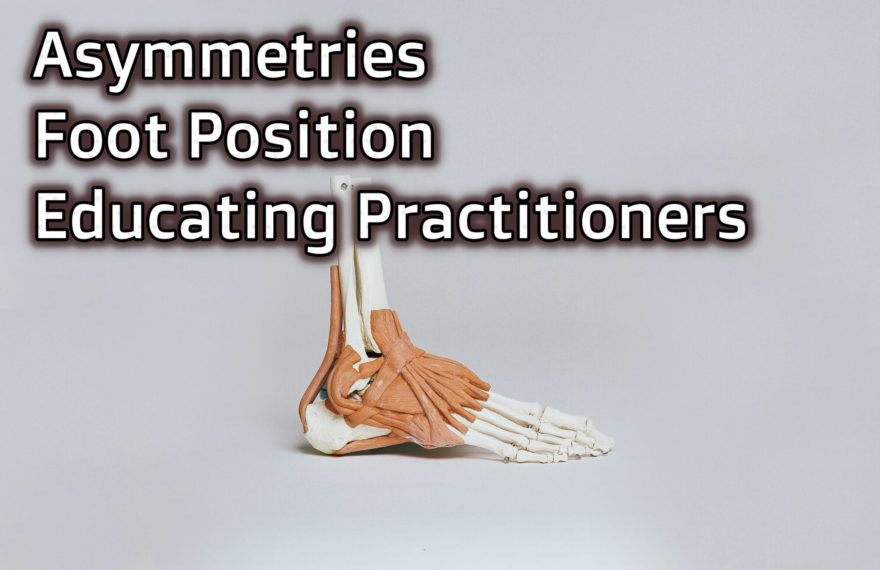
Asymmetries, Foot Position, and Educating Practitioners – Movement Debrief Episode 105
Movement Debrief Episode 105 is in the books. Below is a copy of the video for your viewing pleasure, and…

Shoes, Self-Correction, and Position Education – Movement Debrief Episode 95
Movement Debrief Episode 95 is in the books. Below is a copy of the video for your viewing pleasure, and…
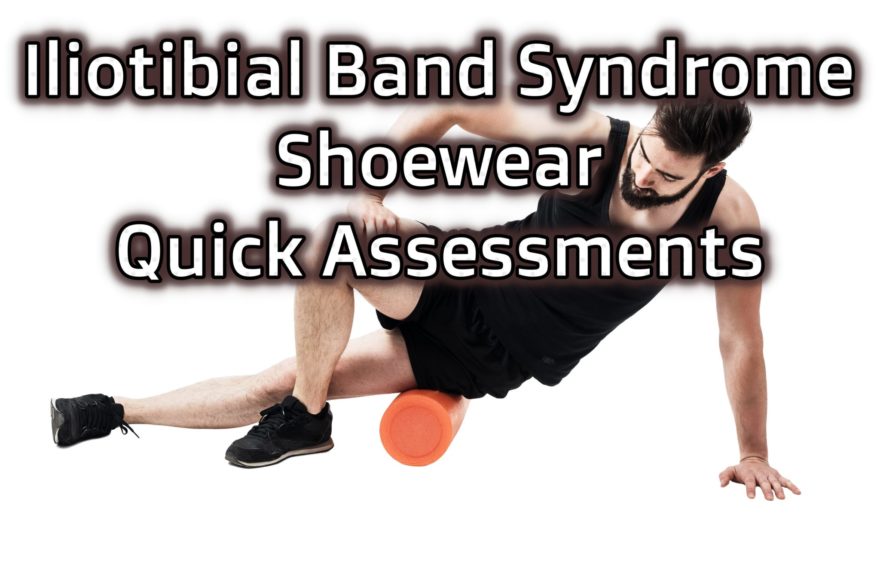
Iliotibial Band Syndrome, Shoewear, and Quick Assessments – Movement Debrief 75
Movement Debrief Episode 75 is in the books. Below is a copy of the video for your viewing pleasure, and…
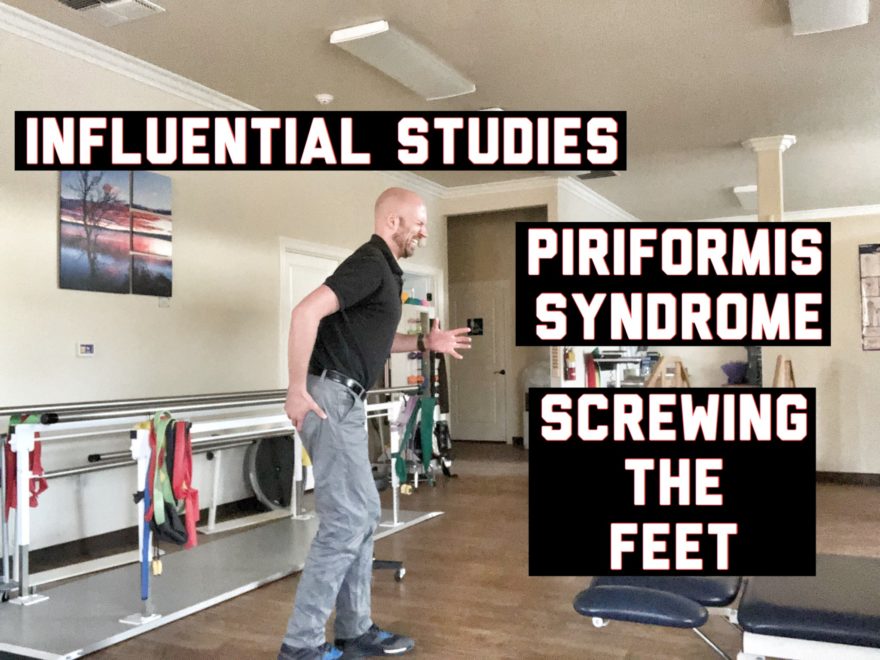
Influential Studies, Piriformis Syndrome, and Screwing the Feet – Movement Debrief Episode 59
Movement Debrief Episode 59 is in the books. Below is a copy of the video for your viewing pleasure, and…
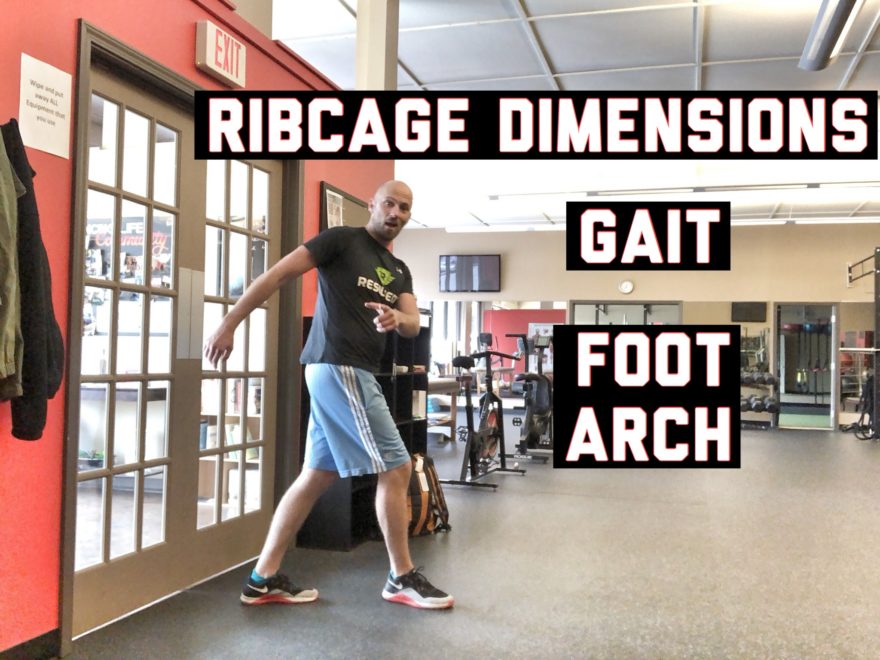
Ribcage Dimensions, Gait, Foot Arch – Movement Debrief Episode 56
Movement Debrief Episode 56 is in the books. Below is a copy of the video for your viewing pleasure, and…
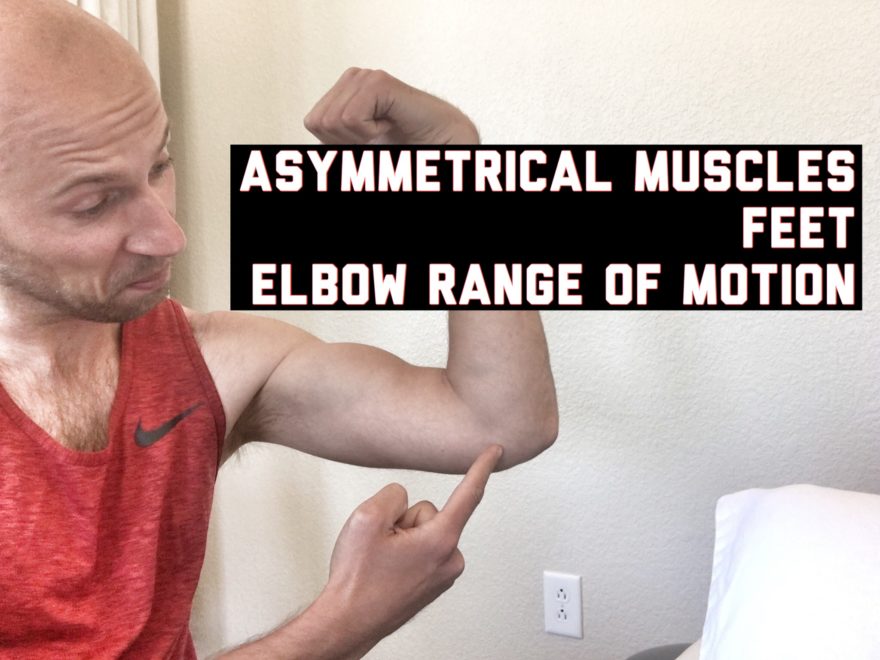
Asymmetrical Muscles, Feet, and Elbow Range of Motion – Movement Debrief Episode 51
Movement Debrief Episode 51 is in the books. Below is a copy of the video for your viewing pleasure, and…
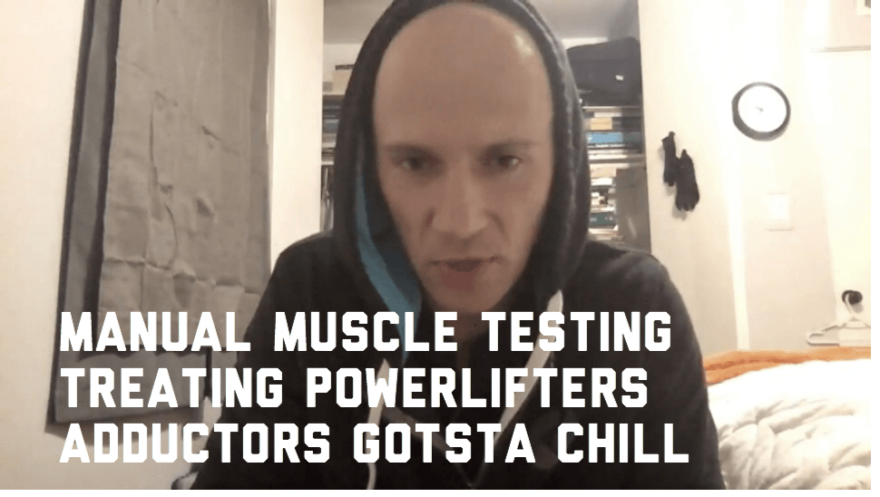
Manual Muscle Testing, Treating Powerlifters, Adductors Gotsta Chill – Movement Debrief Episode 30
Movement Debrief Episode 30 is in the books. Here is a copy of the video and audio for your listening…

Course Notes: PRI Impingement and Instability – Cantrell Edition
A Quick Trip Home I made my first trip back to my roots since moving out west to watch Mike Cantrell’s…

